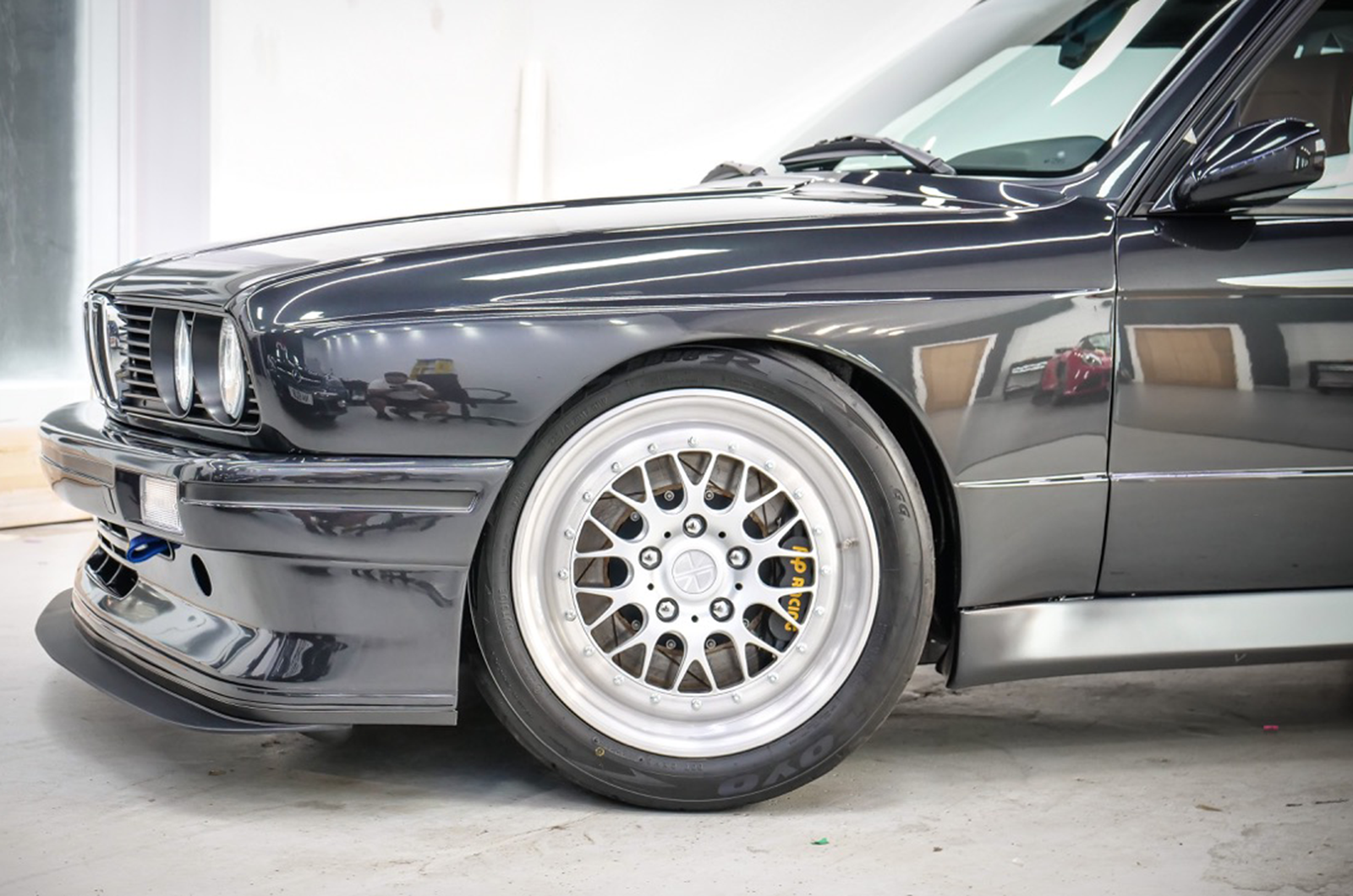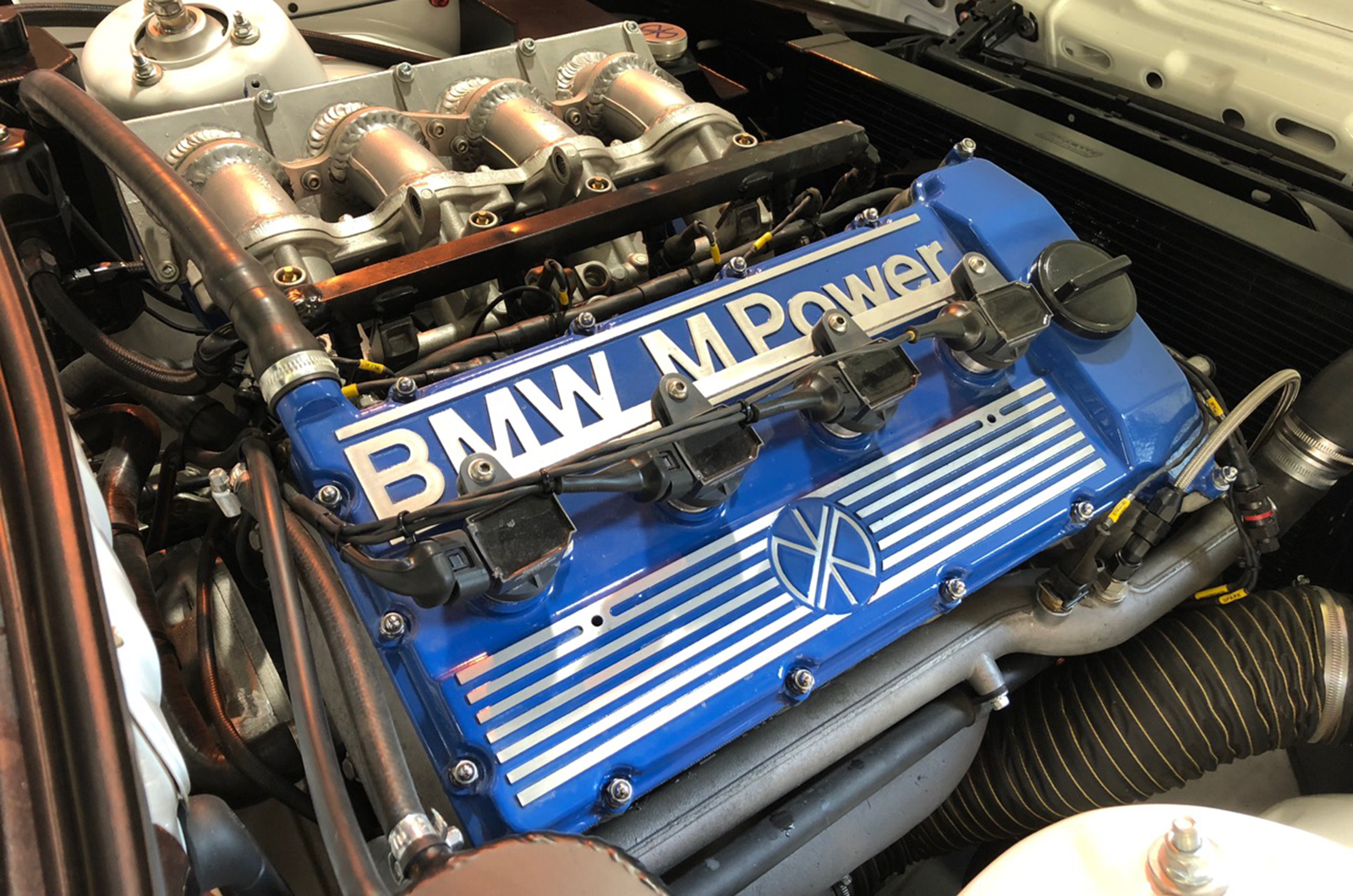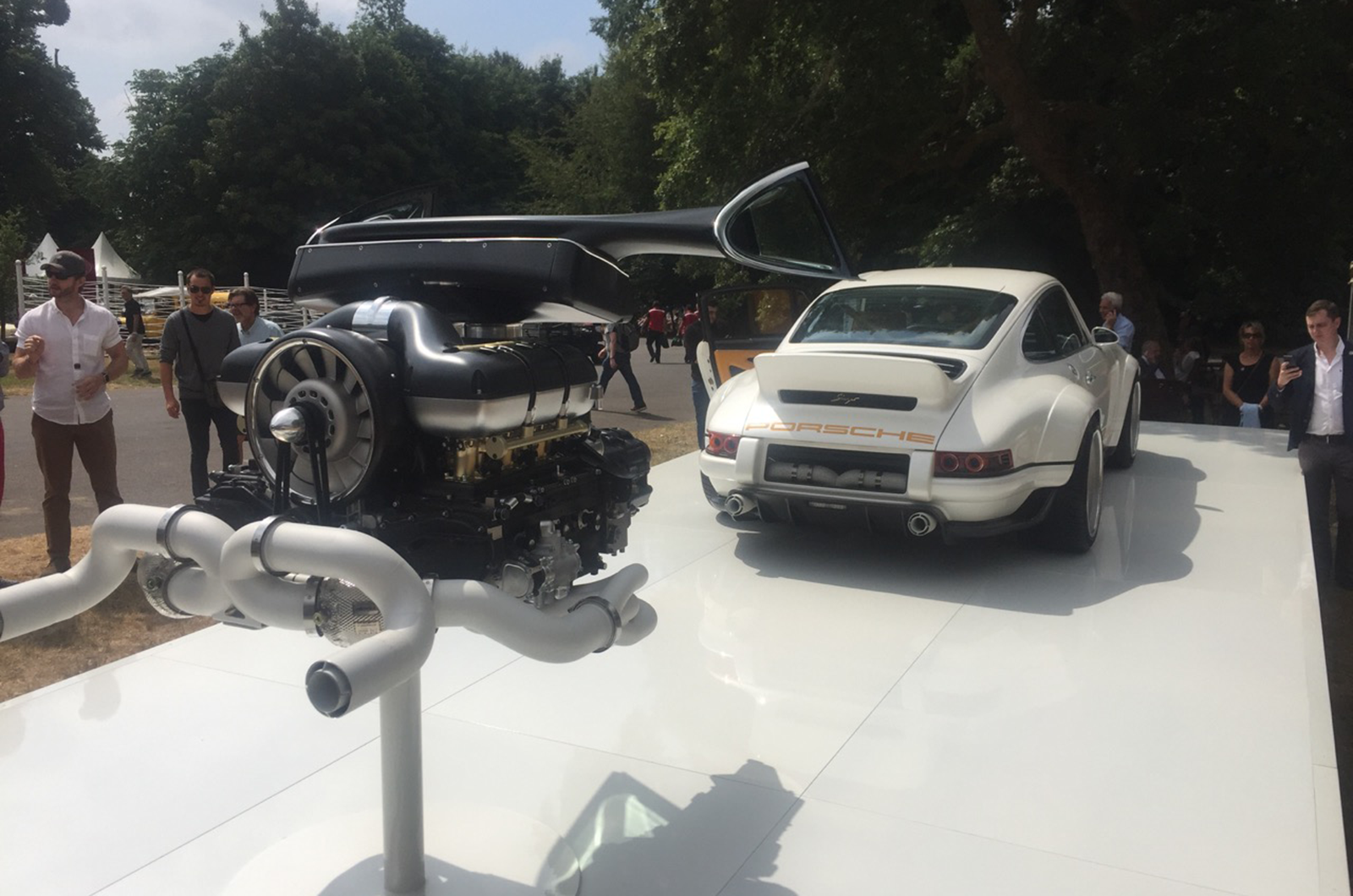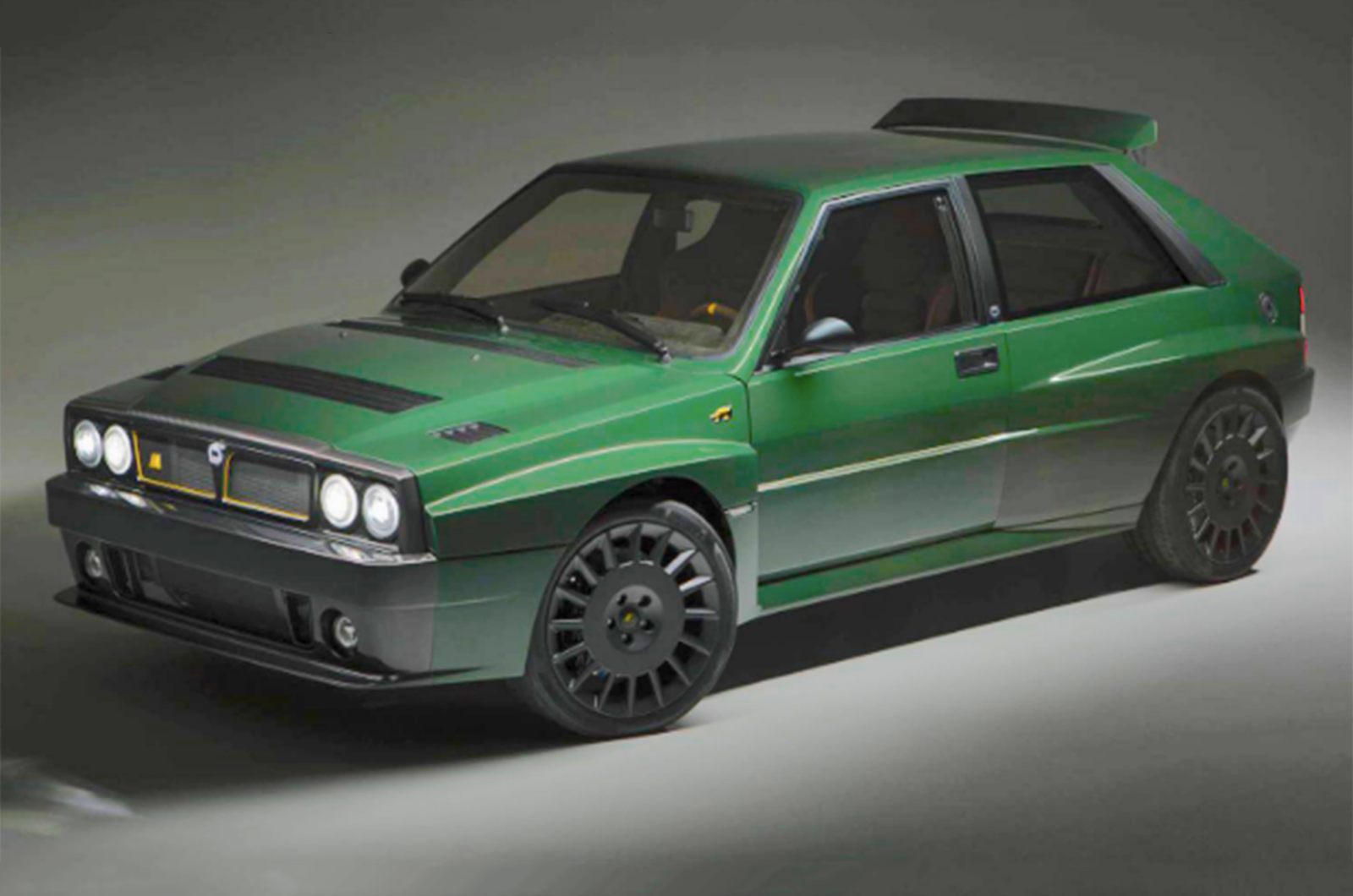
For as long as there have been cars, there has been car modification.
In some way, almost every classic car has been modified from original, even if it is just modern tyres or a more powerful battery. Then there are the extremes: cars with new engines dropped in, the suspension uprated or even completely new bodywork fitted.
And, to be honest, in the past many of these highly-modified cars have been regarded with some level of disdain by the purists: those who believe that classic cars should be kept as original as possible.
However, over the last few years, a new breed of modified classic cars has emerged and their impact on the hobby as a whole is gaining momentum.



BMW E30 M3 by Redux (top and left) and Singer Porsche 911 both reimagine classics


